Radio Frequency Identification: Technology, Types, and Applications
VerifiedAdded on 2021/08/10
|14
|934
|140
Report
AI Summary
This report provides a detailed overview of Radio Frequency Identification (RFID) technology and its applications. It begins by introducing automatic identification and the extensive use of RFID within logistics across various economic sectors, highlighting its advantages over barcoding, such as the ability to accurately read vast quantities of data quickly and without line of sight. The report distinguishes between three main types of RFID technologies: active RFID, passive RFID, and Near Field Communication (NFC), explaining their fundamental differences in the use of radio signals. Active RFID, which requires a power source, is further divided into devices used in buildings for real-time location systems (RTLS) and external devices that utilize GPS and cell net transmitters. Passive RFID, on the other hand, does not require its own power source and relies on the reader for power. NFC, a specific form of passive RFID, is designed for short-range communication and is commonly used in contactless payment systems. The report concludes by emphasizing the increasing use of NFC chips in mobile phones for payment purposes.
1 out of 14

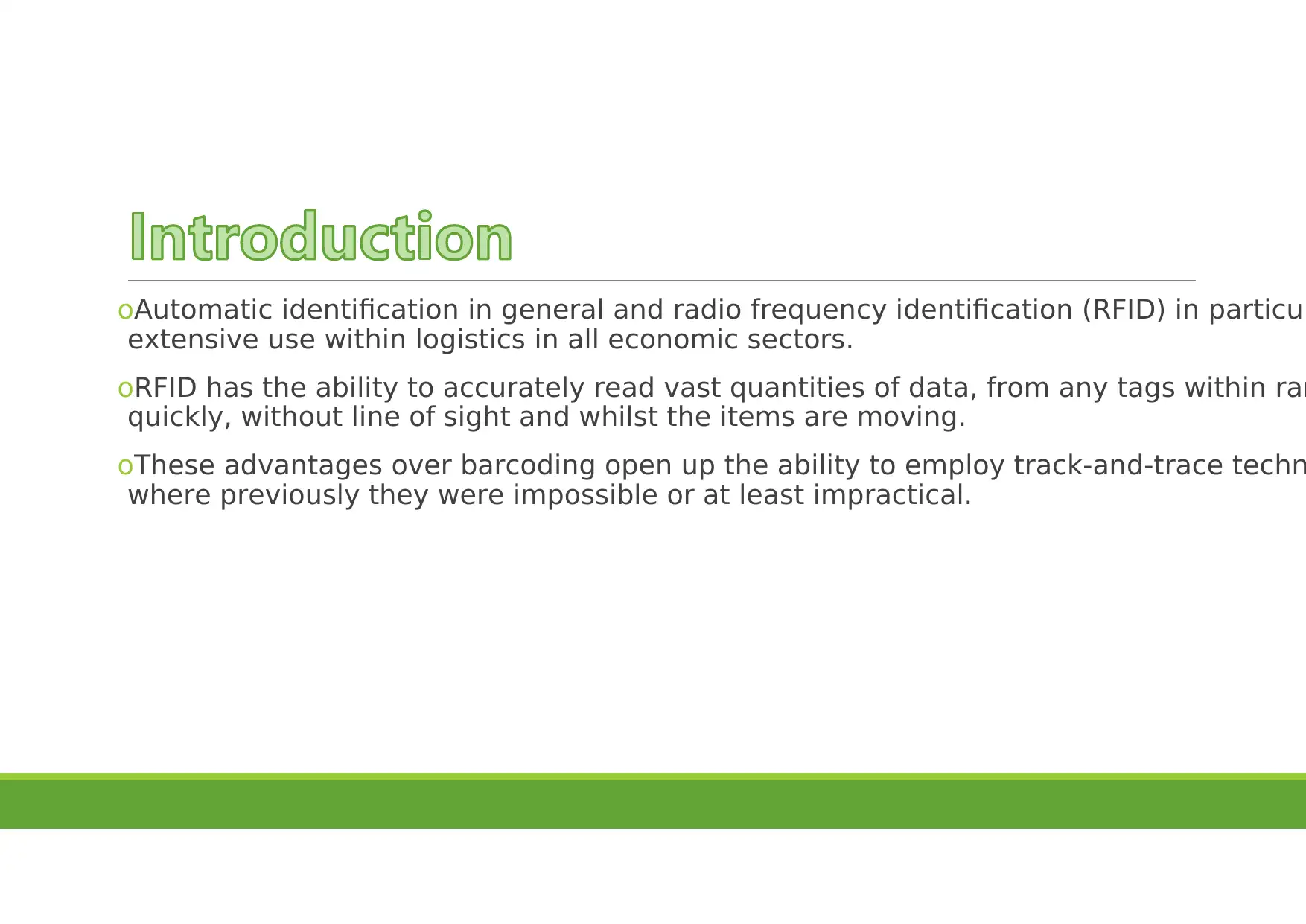
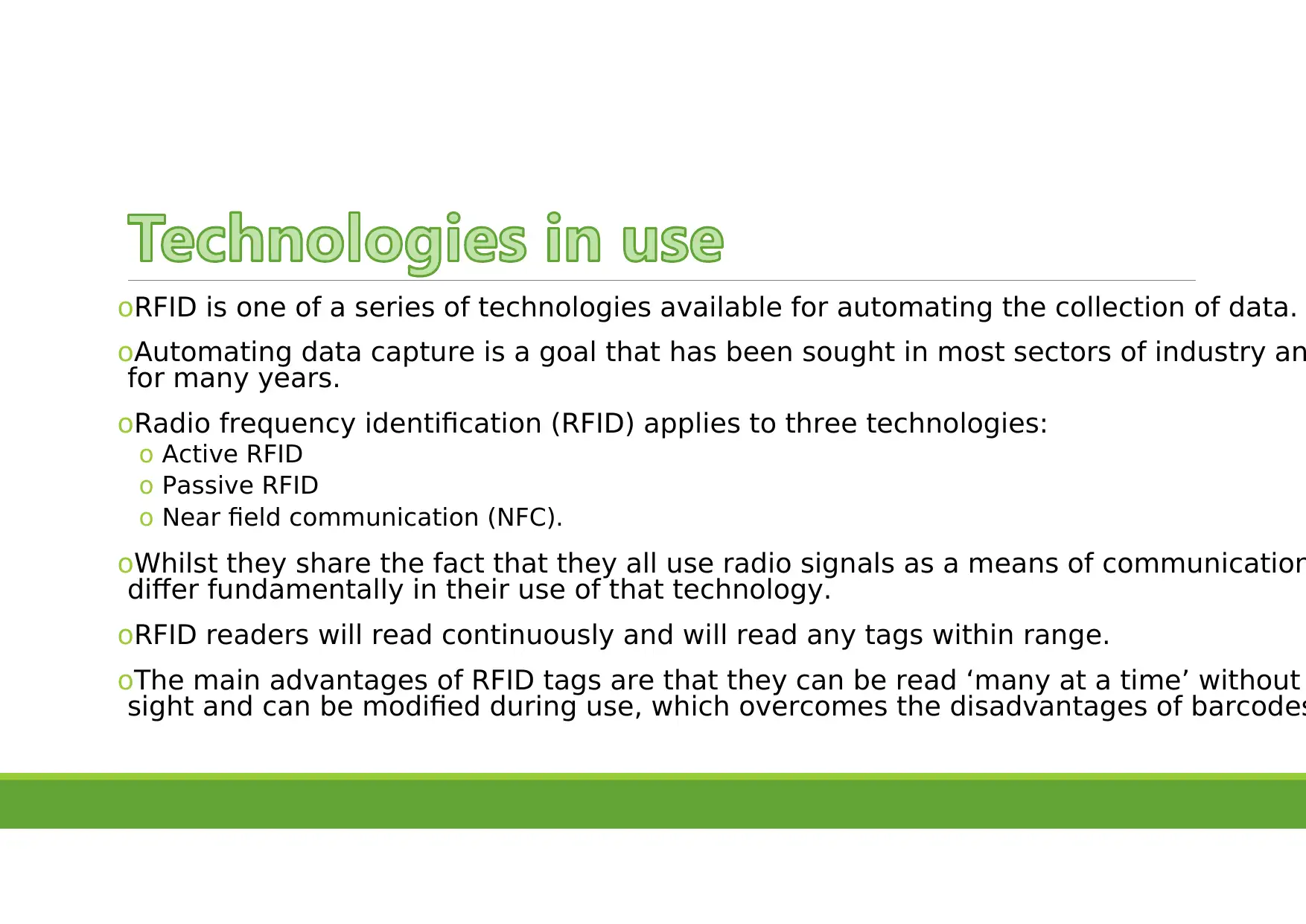

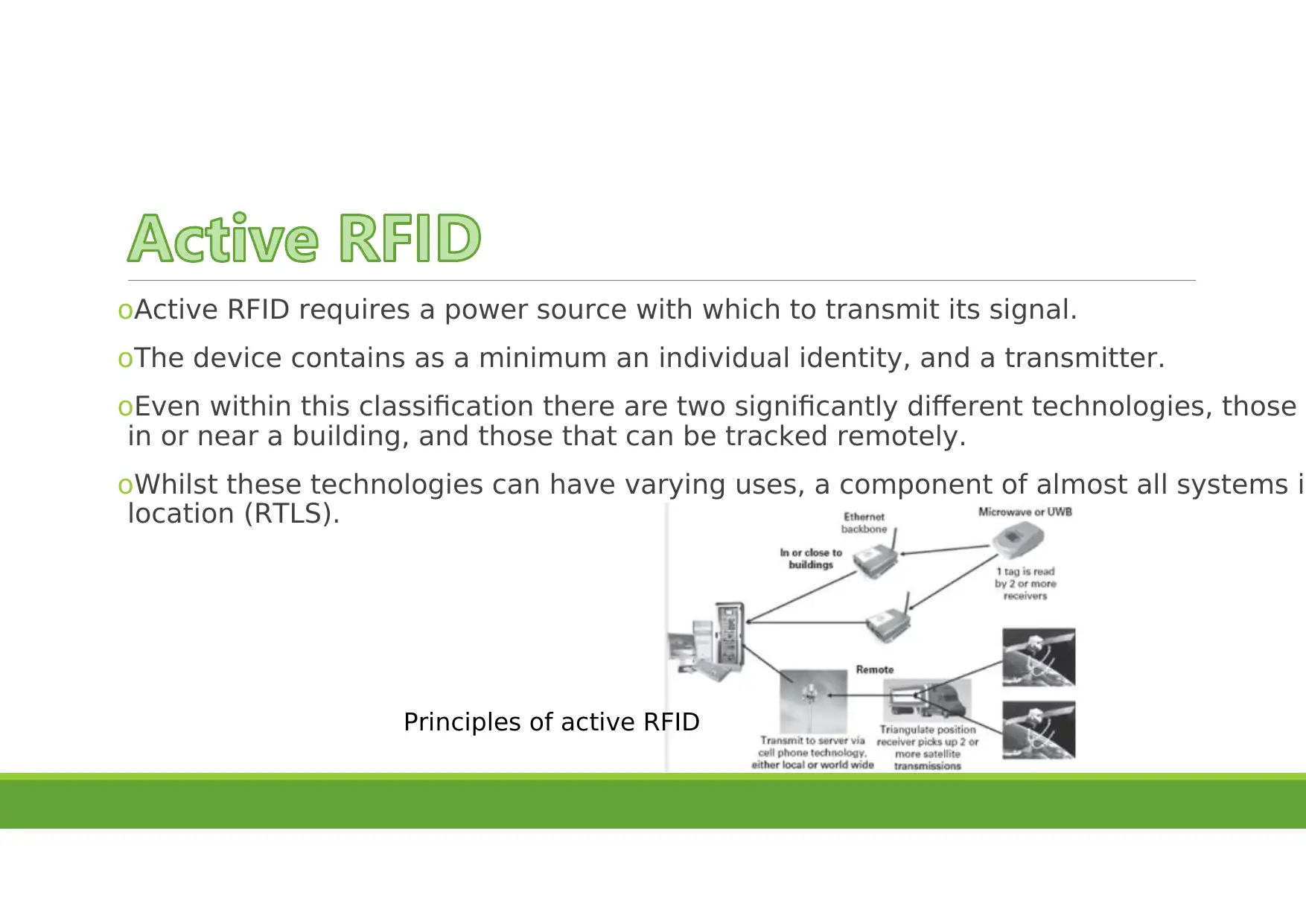
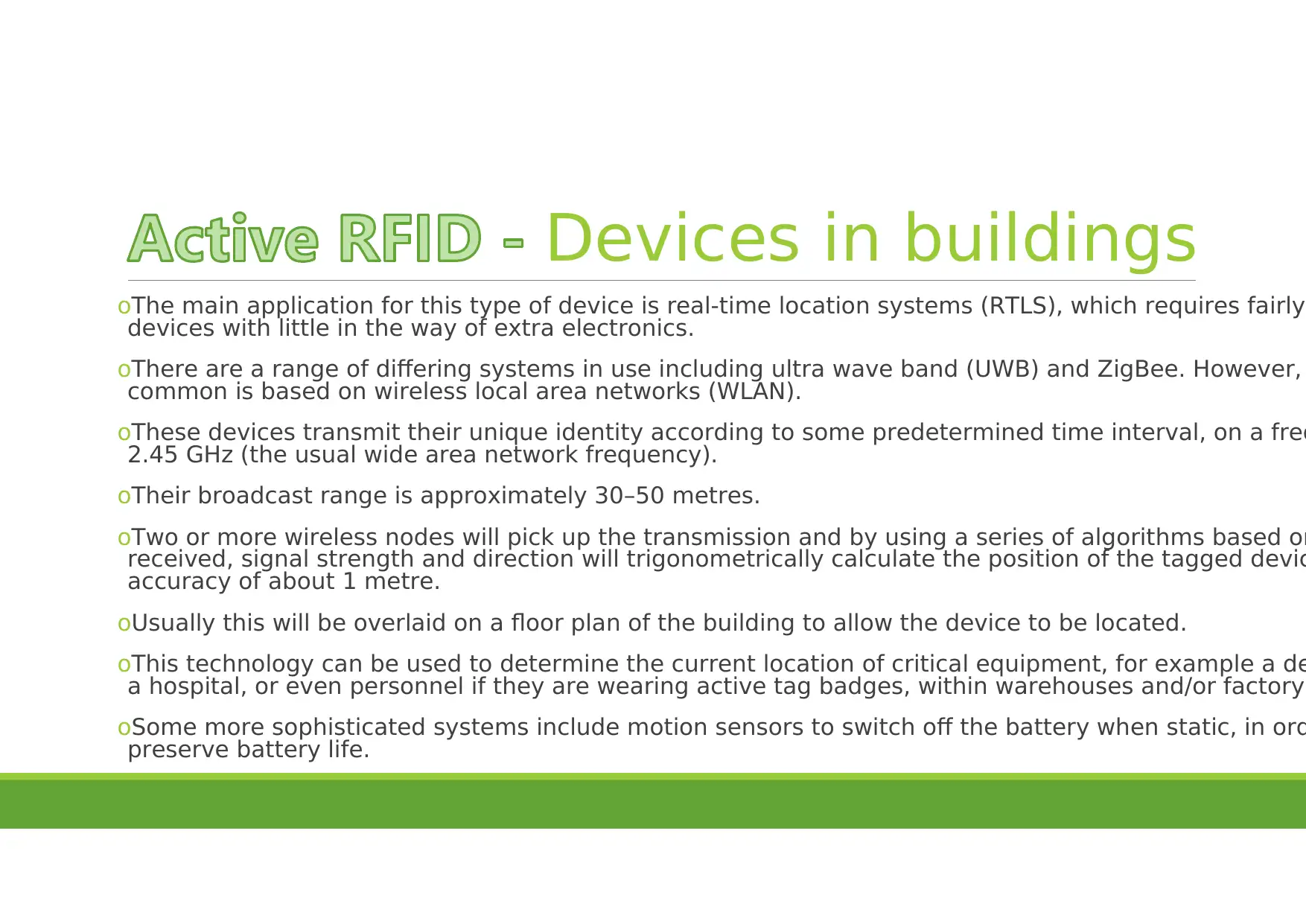
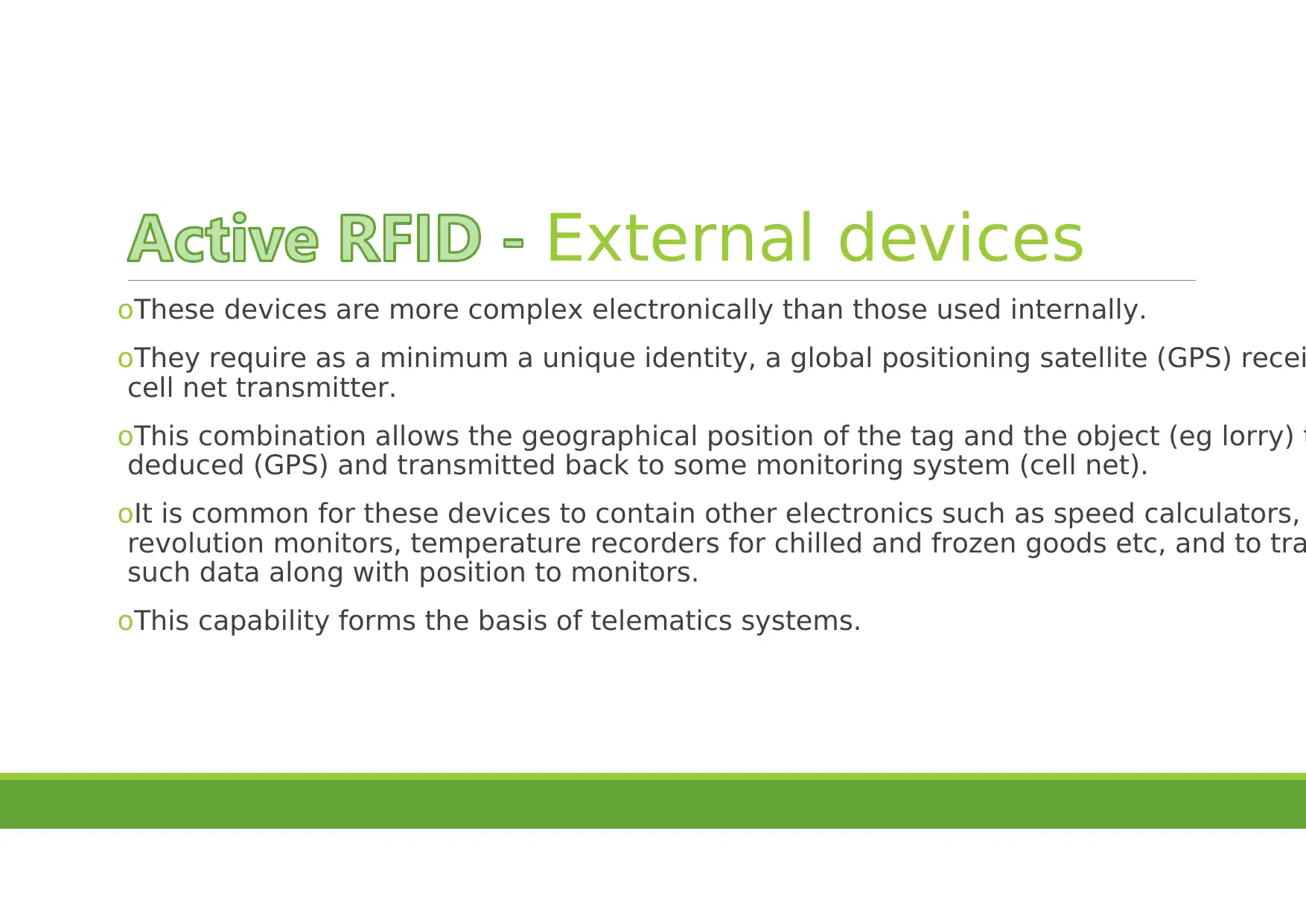
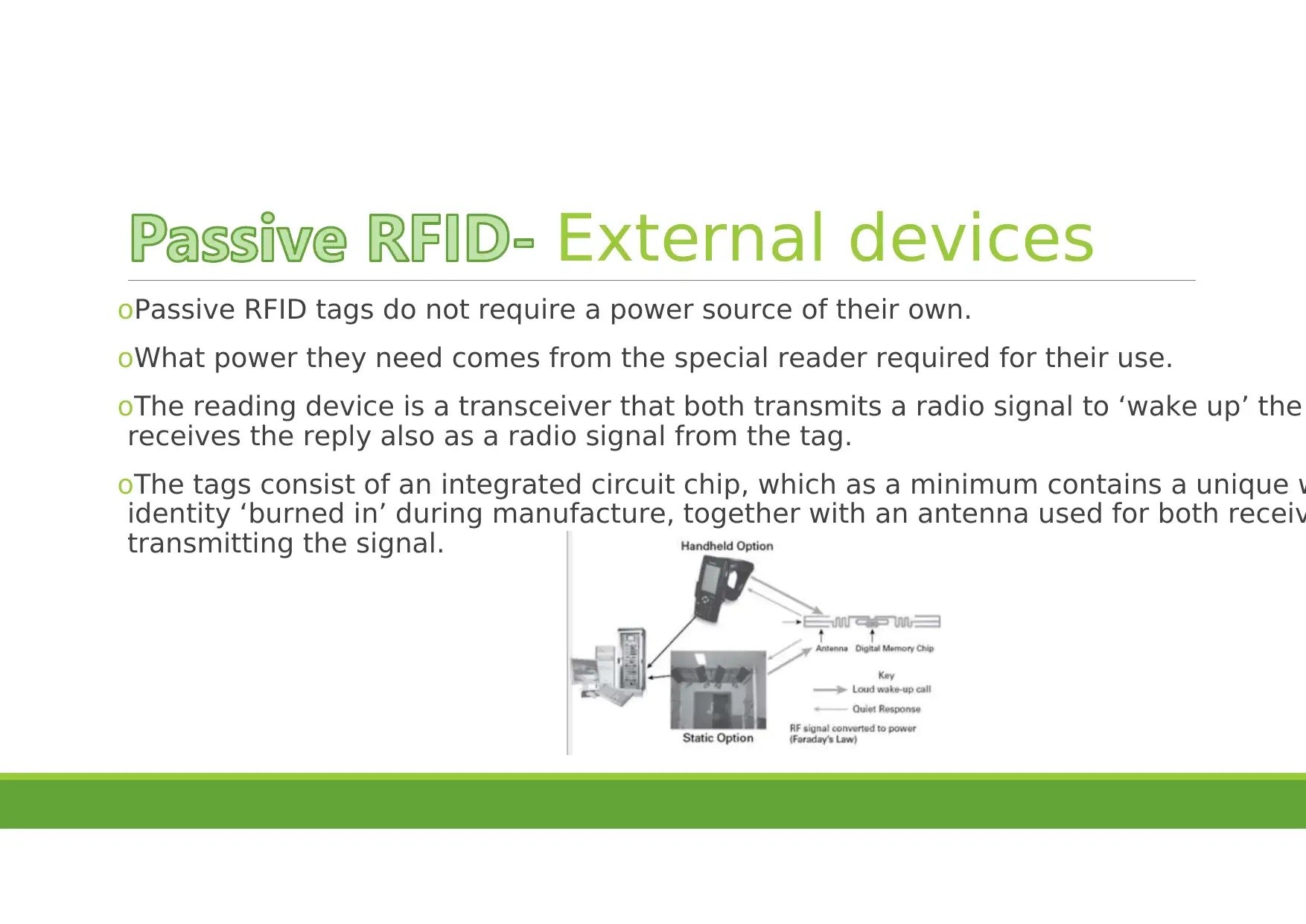
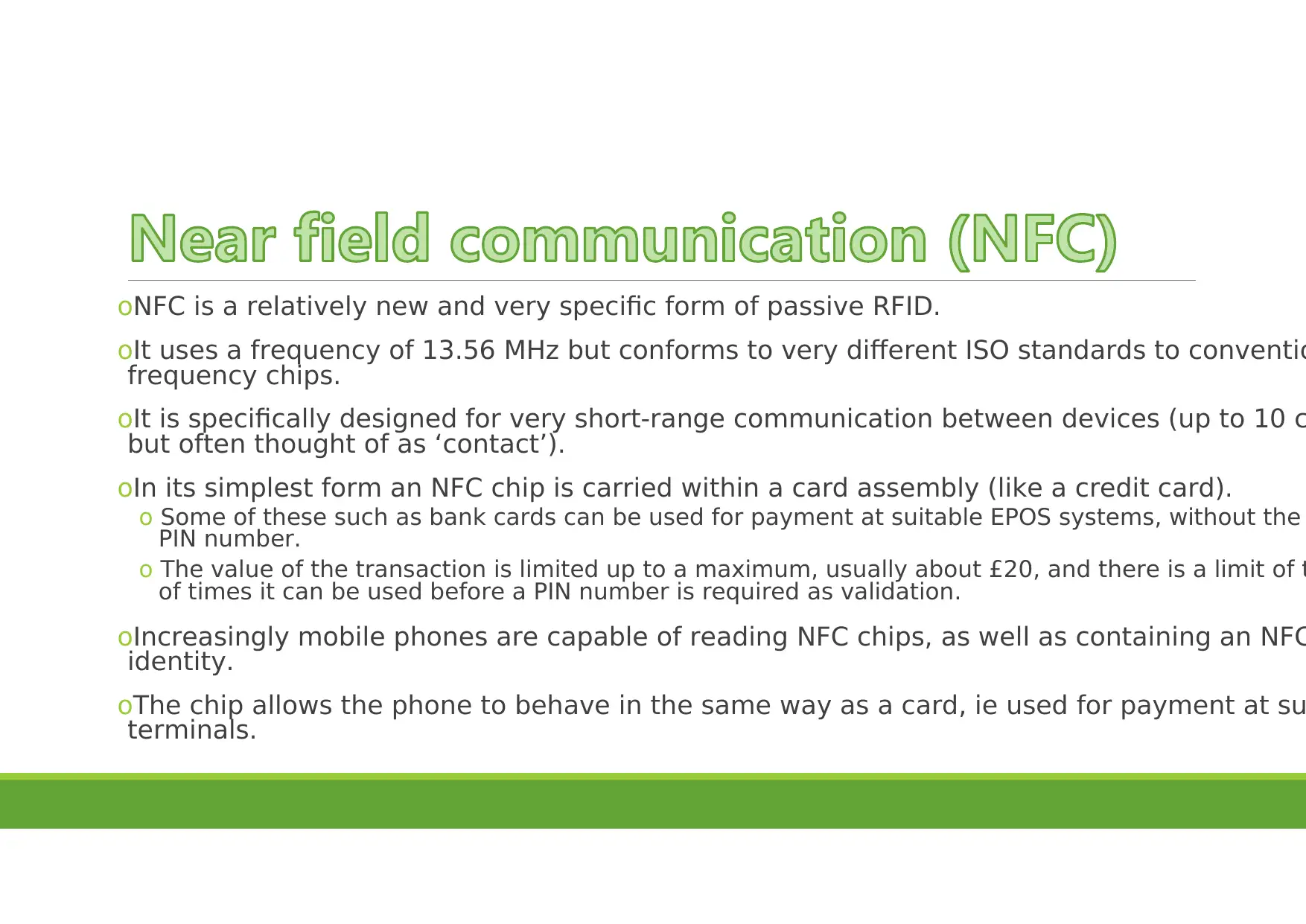
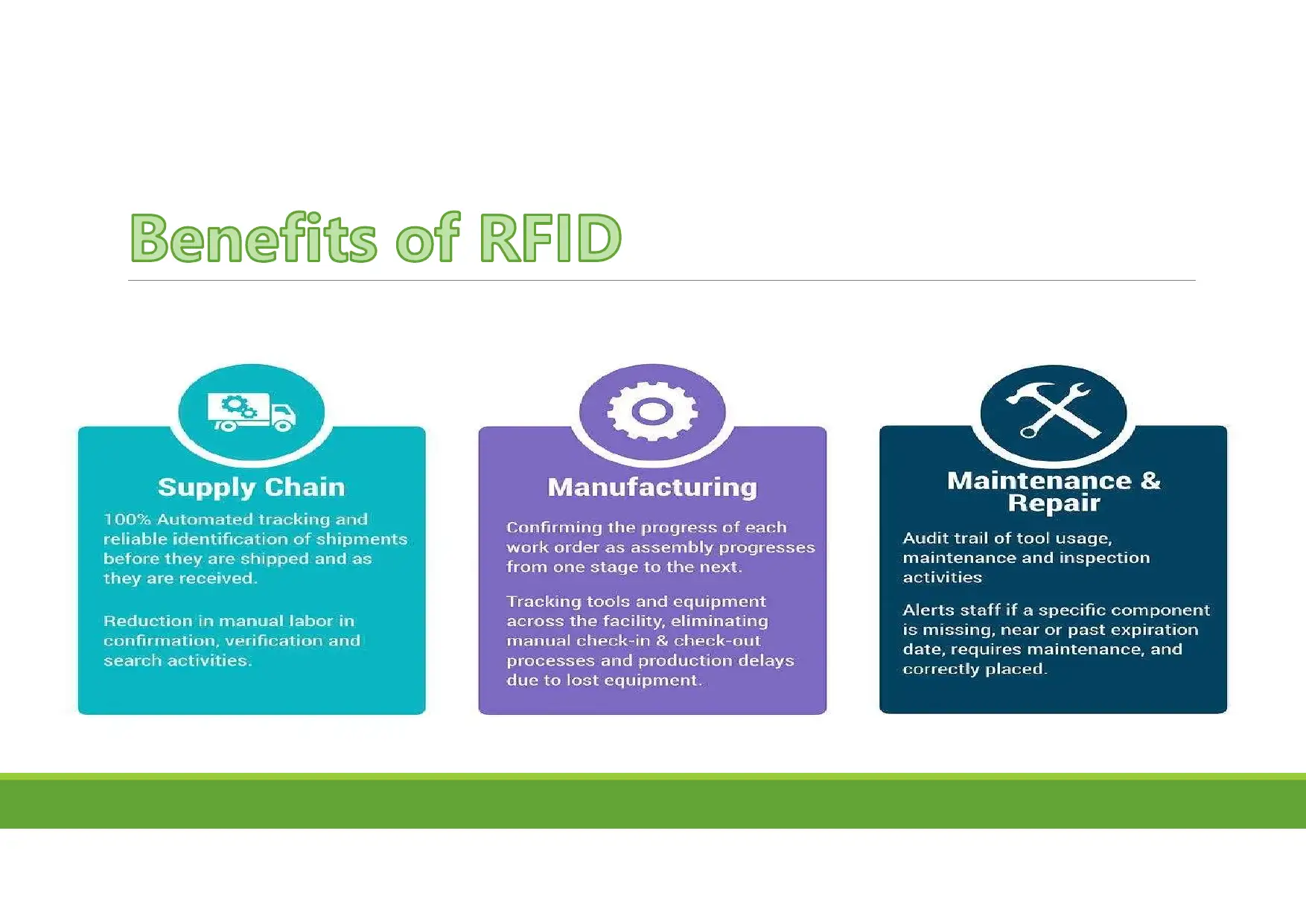
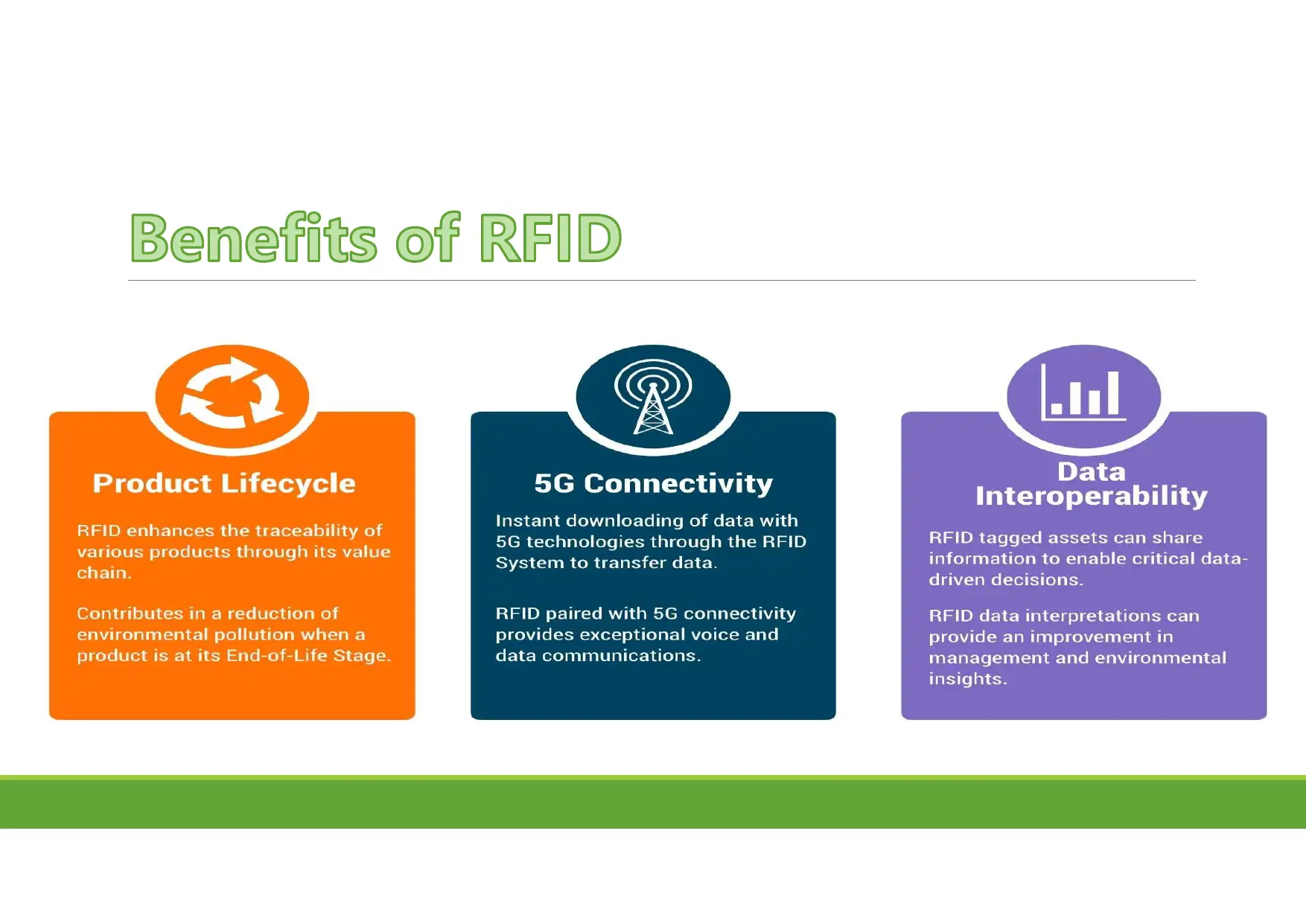
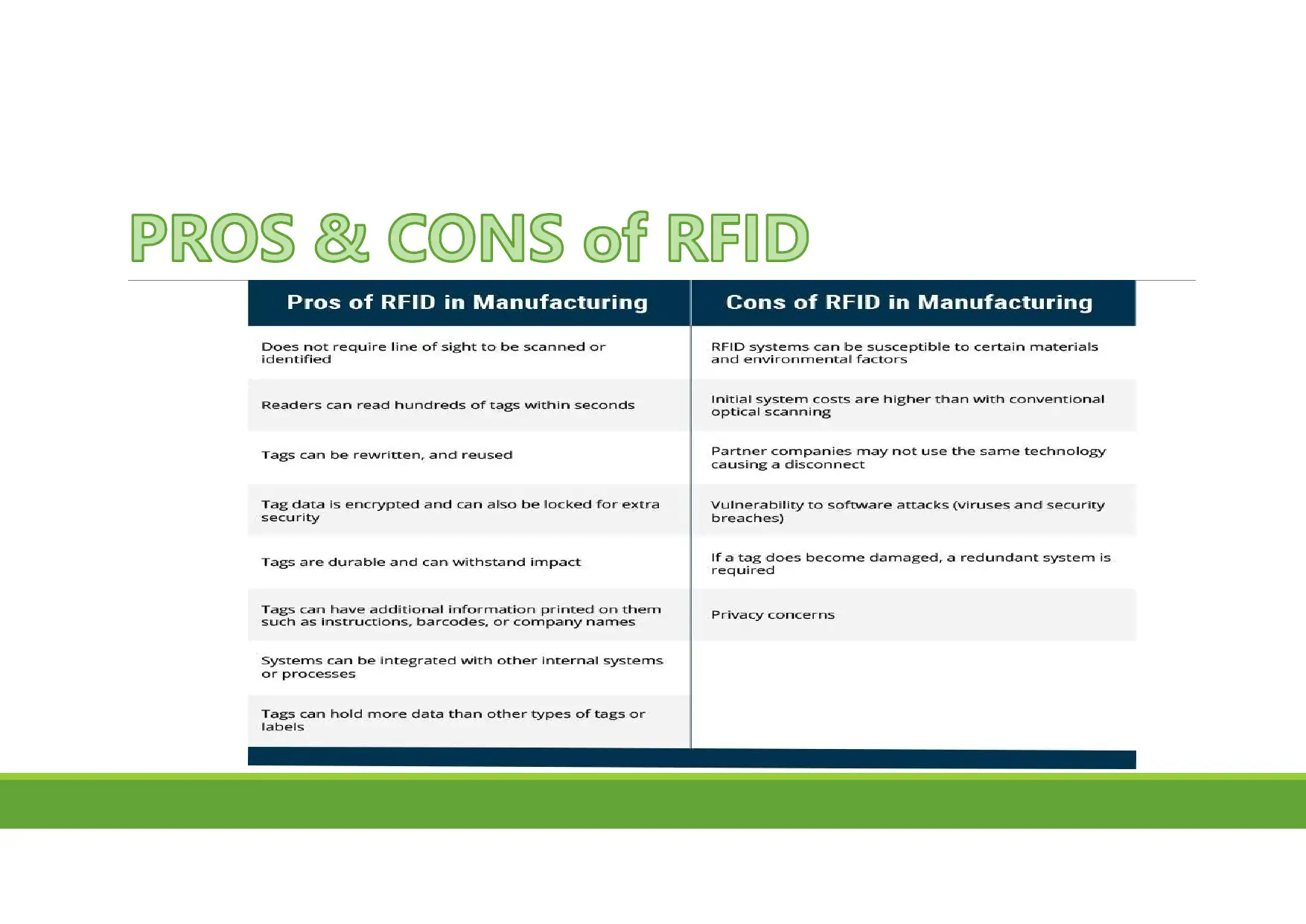







![[object Object]](/_next/static/media/star-bottom.7253800d.svg)